This article was co-authored by Steve Bergeron. Steve Bergeron is a Personal Trainer, Strength Coach, and the Co-Owner of AMP Fitness in Boston, Massachusetts. With over a decade of experience, Steve specializes in educating, guiding, and empowering his clients to develop healthy habits and reach their individual fitness goals. He holds a BS in Exercise Physiology and is an NSCA Certified Strength and Conditioning Coach (CSCS), ASCM Health and Fitness Specialist (HFS), Strong First Kettlebell Coach (SFG), and Certified Functional Movement Screen Specialist (FMS). AMP Fitness’ mission is to create a community that is inclusive and gives people the tools and support they need to succeed.
There are 12 references cited in this article, which can be found at the bottom of the page.
wikiHow marks an article as reader-approved once it receives enough positive feedback. In this case, several readers have written to tell us that this article was helpful to them, earning it our reader-approved status.
This article has been viewed 497,495 times.
Losing weight and toning your stomach is a common goal for many people. It's an area that can be frustrating to deal with and also an area that can signal more serious health problems. A high percentage of body fat around your stomach may signify increased visceral fat or the dangerous type of fat found in and around your abdominal organs.[1] Losing body fat around your stomach will require you to make some lifestyle changes. Studies have shown that regular, moderate-intensity cardio exercise is one of the best ways to reduce stomach fat.[2] Adding in adequate exercise supported by a healthy diet can help you reduce your stomach fat.
Steps
Exercising to Reduce Stomach Fat
-
1Include steady state cardio. Steady state cardio is any aerobic exercise that keeps your heart rate at a relatively stable level for at least 10 minutes. This type of exercise will help burn calories and support your metabolism.[3]
- In general, it's recommended to get at least 150 minutes of aerobic activity each week (or 30 minutes five days a week). Aim for a mix of moderate- and high-intensity activity. This combination will burn calories from fat in addition to providing cardiovascular benefits.[4]
- A variety of activities can be considered moderate-intensity cardio including: jogging/walking, running, biking, hiking, use the stair master or elliptical, swimming or dancing.
- Some studies even suggest up to 60 minutes of moderate-intensity cardio daily for the most effective reduction in stomach fat.[5]
-
2Work out in the mornings. Try to get in your cardio exercises in the morning before eating your first meal. Exercising in this fasted state means your body will be using energy from its storage form — fat.[6]
- Try to include any type of cardio exercise in the morning. Even a quick 20 – 30 minute walk can help your body use its excess fat stores for energy.
- Getting up earlier in the morning may be difficult. Make it a priority and after a few weeks your body and mind will get used to getting up earlier.
- Make sure you go to bed earlier as well. It's important to get adequate rest, so you may need to move up your bed time if you're planning on an AM workout.
Advertisement -
3Include abdominal- and core-toning exercises. Although cardio is responsible for burning and reducing overall body fat, adding in some light strength training can help tone your stomach.[7]
- Include a variety of core strengthening and toning exercises. When you've reduced the amount of stomach fat, toning your abdominal muscles will give you a more defined look.
- Try toning exercises like: crunches, planks, bicycle crunches, or v-sits.
- Toning exercises will help strengthen muscles; however, it is not possible to "spot treat" this particular area. It is a myth that you can target where on your body you will lose fat, so doing abdominal exercises won't cause you to lose fat only around your waist.[8] [9]
Adding in Cardio Exercises to Reduce Stomach Fat
-
1Run or jog. Running and jogging is a great steady-state cardio exercise to burn fat. If you can jog fast or run, you'll burn more calories and help decrease body fat.[10]
- In general, you can burn about 100 calories per mile when you're running. In addition, running is a great exercise for cardiovascular health.[11]
- If you're not a runner, start slow. You can start with jogging a mile first and slowly increase your distance or pace over the course of several weeks.
-
2Do a spin class or include high intensity biking. Spin classes and high intensity biking is another great exercise that will burn large amounts of calories and fat.
- Spin class is done indoors on a stationary bike. You can control your speed and resistance on the bike. However, the harder you work and the faster you pedal, the better fat burn you'll get.
- If you haven't tried a spin class before, it's important to take your first few classes slowly. They are very high intensity and it may take a few weeks to bring up your fitness levels.
- Spin is also generally done inside in a closed room. You can get very hot and sweat a lot. It's important to re-hydrate continually throughout a spin class.
-
3Do step aerobics. Step aerobics is another great cardio class to help you burn calories and fat.
- It's particularly effective due to it's focus on your legs and glutes. These large muscle groups make you work up a sweat causing you to burn calories and fat.[12]
- You may burn up to 400 calories in 30 minutes if you work out at your hardest intensity.
- Again, if you haven't done a step aerobics class, start slowly. Use a smaller step and any modifications to movements that are too difficult for you. Over time, you can use a bigger step or do movements without modifications.
-
4Do high-intensity interval training (HIIT). Another type of cardio activity is HIIT. This type of cardio burns more calories from fat and also raises your metabolism for about 24 hours after you've completed the workout.
- During HIIT you alternate between short bouts of very high-intensity cardio and short bouts of more moderate-intensity cardio. You do not spend as much time doing HIIT compared to steady state cardio exercises, usually about 20 minutes (with an additional 5 minutes at the beginning and end for a warm up and cool-down). They are intended to be shorter, more vigorous exercises.
- Studies have shown that there is a close relationship between the intensity of cardio exercises and the reduction of stomach fat. Participating in HIIT may be very effective for reducing abdominal fat.[13]
Eating to Support the Reduction of Body Fat
-
1Limit carbohydrates. Studies have shown that low-carb and low-calorie diets resulted not only in faster initial weight loss, but also were the most effective at reducing stomach fat.[14]
- Carbohydrates are found in a wide range of foods including: dairy products, fruits, starchy vegetables, grains and legumes.
- Focus on limiting carbohydrates from foods like: sweets or sweetened beverages, breads, rice, pasta, chips, crackers or pastries. While these foods do contain other nutrients, these same nutrients are also found in other food groups. This makes it OK to restrict these particular foods.
- Consume carbohydrates that also provide your body with a lot of other nutrients like fiber, protein, vitamins, minerals, or antioxidants. Foods like fruits, starchy, vegetables, and dairy all contain a lot of other vital nutrients and should be included in your diet.
- Low-carb diets focus on minimizing carbohydrates, not eliminating them. Some carbohydrates are necessary for your body to function optimally.
-
2Monitor calories. In addition to following a low-carb diet, it has also been shown to be beneficial to follow a lower calorie diet.[15] Studies have shown that the combination of low-calorie and low-carb diets result in the highest reduction in stomach fat.
- A low-calorie diet refers to a variety of differing calorie levels. The total amount of calories recommended will be different for everyone based on age, gender, weight and activity level.
- In general, it's safe to cut out about 500 calories daily from your diet. This usually results in about one pound of weight loss each week.[16]
- Use a calorie tracker or online program to count how many calories you currently consume in a day. Subtract 500 from that number to figure out your initial daily calorie goal.
- When cutting calories, it's important to not cut out too many calories. Eating less than about 1,200 calories daily puts you at risk for nutrient deficiencies, loss of muscle mass, and fatigue.[17]
-
3Eat the right types of fat. There are a few different types of dietary fat that you can consume. Some have been shown to be healthier, whereas others have been shown to increase fat around your stomach and abdominal organs.[18]
- Studies have shown that regular consumption of saturated fats was related to increased stomach and visceral fat.[19] Saturated fat is found in foods like: full fat dairy products, processed meats, fatty cuts of meat, butter, and fried foods.[20]
- Instead of eating foods higher in saturated fat, choose leaner sources of some foods. For example, choose lean cuts of beef or low-fat dairy products.
- Also, use fats like olive oil or canola oil for cooking instead of butter.
- Instead of foods higher in saturated fat, consume foods that are higher in heart healthy unsaturated fats and omega-3 fats. These foods include: fatty fish (like salmon, mackerel, tuna or sardines), olives or olive oil, nuts and nut butters, seeds and avocado.
-
4Increase the amount of fruits and vegetables you eat. When you're following a lower carb, lower calorie diet, it's important to focus on eating an adequate amount of fruits and vegetables each day.
- Both of these foods are very nutrient dense — they contain a lot of fiber, vitamins, minerals and antioxidants for very few calories.
- In general, it's recommended to consume about five to nine servings of fruits and vegetables each day. However, when you're also focusing on limiting carbs, do not consume more than one to two servings of fruit daily or one to two servings of starchy vegetables daily.[21]
- Include a lot of non-starchy vegetables like: leafy greens, broccoli, cauliflower, peppers, tomatoes, brussels sprouts, zucchini, green beans, asparagus, mushrooms or eggplant.
Dietary Changes and Exercises to Lose Stomach Fat
References
- ↑ http://www.health.harvard.edu/staying-healthy/abdominal-fat-and-what-to-do-about-it
- ↑ http://www.health.harvard.edu/staying-healthy/abdominal-fat-and-what-to-do-about-it
- ↑ http://www.mayoclinic.org/healthy-lifestyle/fitness/in-depth/aerobic-exercise/art-20045541
- ↑ http://www.mayoclinic.org/healthy-lifestyle/fitness/in-depth/aerobic-exercise/art-20045541
- ↑ http://www.health.harvard.edu/staying-healthy/abdominal-fat-and-what-to-do-about-it
- ↑ http://www.shape.com/weight-loss/weight-loss-strategies/how-lose-belly-fat-14-days-zero-belly-diet
- ↑ Steve Bergeron. Personal Trainer & Strength Coach. Expert Interview. 12 February 2021.
- ↑ http://www.health.harvard.edu/staying-healthy/abdominal-fat-and-what-to-do-about-it
- ↑ Steve Bergeron. Personal Trainer & Strength Coach. Expert Interview. 12 February 2021.
- ↑ http://www.shapefit.com/cardio/cardio-exercises.html
- ↑ http://www.shapefit.com/cardio/cardio-exercises.html
- ↑ http://www.shapefit.com/cardio/cardio-exercises.html
- ↑ http://www.ncbi.nlm.nih.gov/pubmed/17637702
- ↑ http://www.ncbi.nlm.nih.gov/pubmed/15331203
- ↑ http://www.ncbi.nlm.nih.gov/pubmed/15331203
- ↑ http://www.mayoclinic.org/healthy-lifestyle/weight-loss/in-depth/weight-loss/art-20047752
- ↑ http://www.mayoclinic.org/healthy-lifestyle/weight-loss/in-depth/weight-loss/art-20047752
- ↑ http://www.medscape.com/viewarticle/827768_4
- ↑ http://www.ncbi.nlm.nih.gov/pubmed/24550191
- ↑ http://www.hsph.harvard.edu/nutritionsource/top-food-sources-of-saturated-fat-in-the-us/
- ↑ http://www.mayoclinic.org/healthy-lifestyle/weight-loss/in-depth/low-carb-diet/art-20045831?pg=1
About This Article
To burn stomach fat with cardio, work gradually towards doing 60 minutes of moderate-intensity cardio exercise per day. If you can, try running or jogging in the morning so your body uses up its stored energy, which is fat. You could also try taking spin classes, or cycle outdoors for the same effect. Additionally, include step aerobics in your exercise routine as they work your leg muscles, causing you to sweat and burn calories. To define your stomach muscles, combine your cardio with toning exercises like crunches or planks. For tips on how to change your diet to reduce stomach fat, read on!
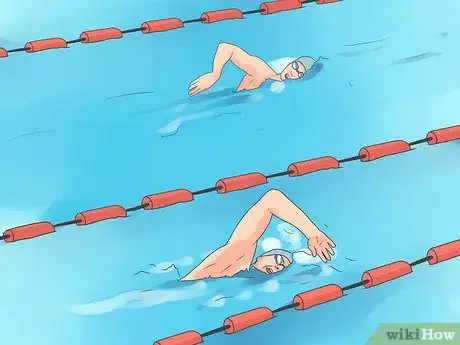

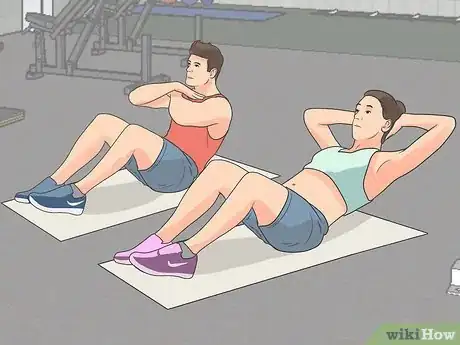

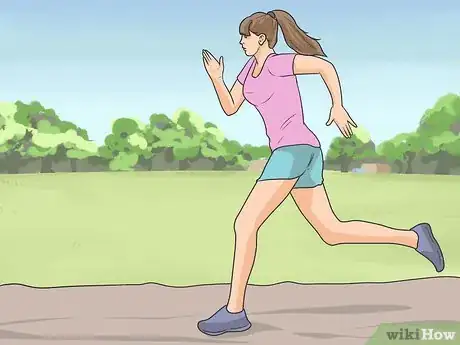
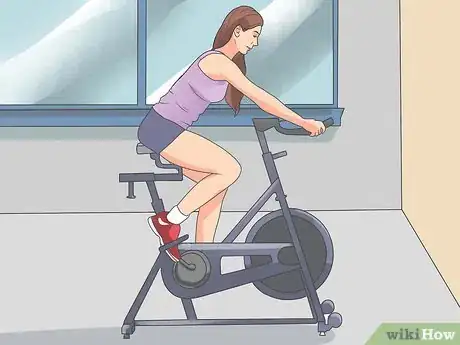
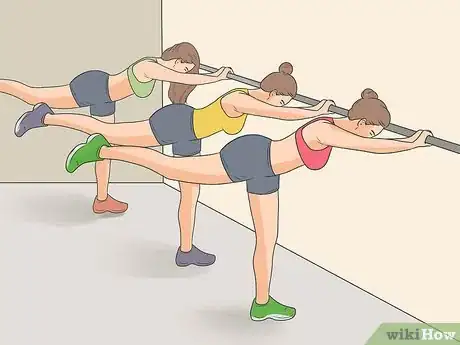
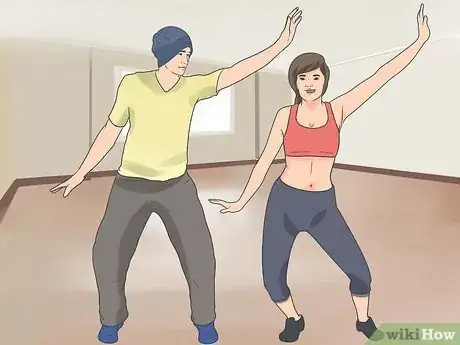
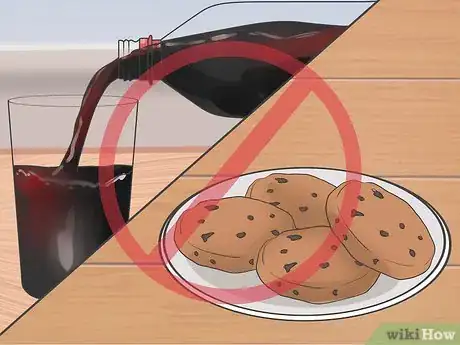
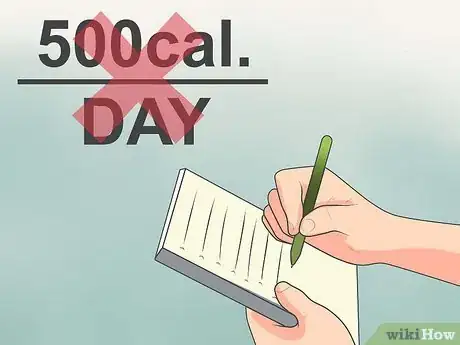
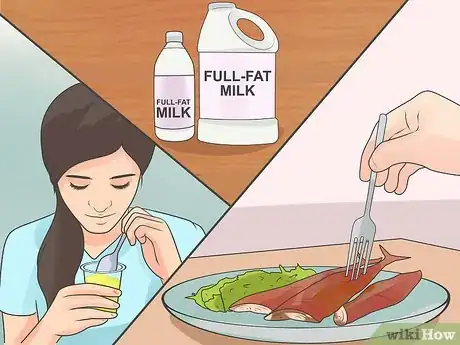


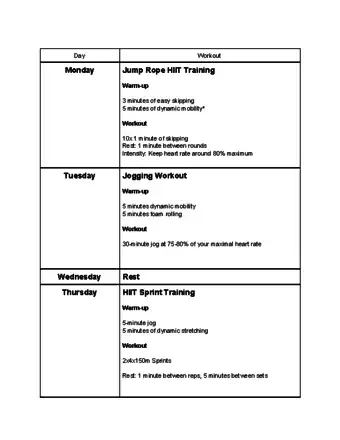

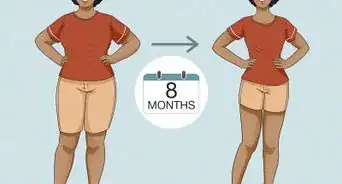

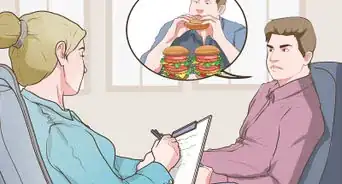
-Step-26.webp)
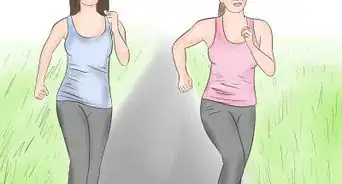



-Step-14.webp)
-Step-14.webp)
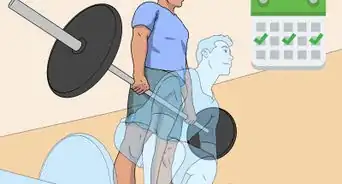
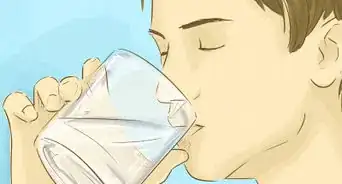

-Step-14-Version-3.webp)











-Step-26.webp)


































